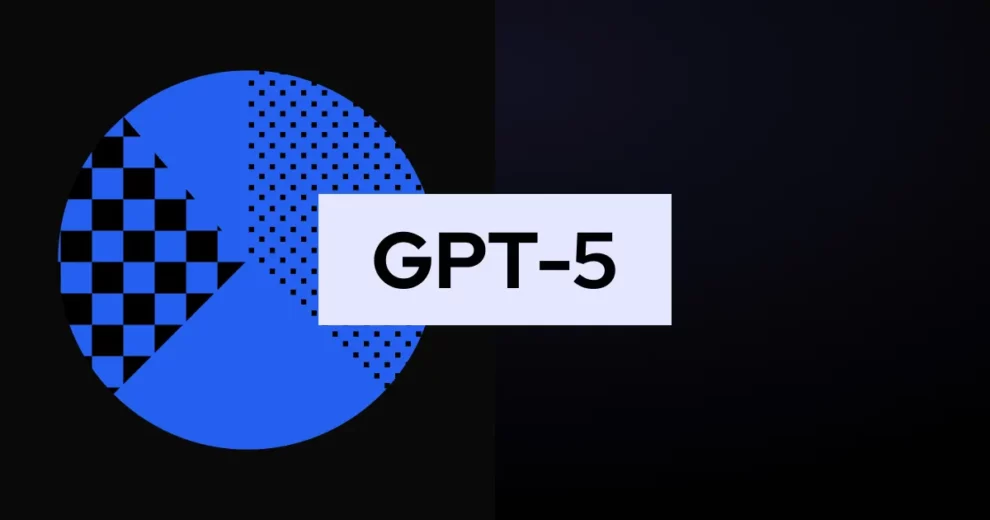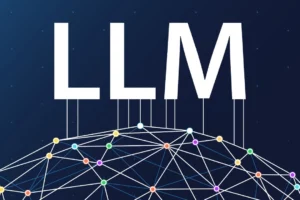Sam Altman has announced a game-changing direction for OpenAI’s artificial intelligence development, revealing plans to streamline the company’s chatbot offerings and provide unprecedented free access to its upcoming GPT-5 model. The ambitious strategy aims to simplify the user experience by eliminating the current model selection system in favor of a unified, intelligent approach.
Speaking through social media platform X, Altman expressed frustration with the existing model picker system, which requires users to manually select different AI models for specific tasks. The current setup has users choosing between various options like GPT-4o for scheduled tasks or o3-mini for advanced reasoning, a complexity that mirrors competitors like Google’s Gemini with its Flash, Pro, and Pro with Deep Research variants.
The transformation will begin with GPT-4.5, codenamed Orion, which Altman designated as the company’s final “non-chain-of-thought model.” This release will serve as a stepping stone to the more sophisticated GPT-5, which promises to integrate all existing features into a unified system capable of autonomously determining the appropriate processing time for different tasks. The new model will boast an expanded context window, enhanced agency in task completion, and advanced multimodal capabilities.
In a significant departure from current practices, OpenAI will discontinue o3 as a standalone model, instead incorporating its capabilities directly into GPT-5. Perhaps most notably, Altman announced that free tier users will enjoy unlimited access to GPT-5’s standard intelligence setting, subject only to abuse prevention thresholds. This marks a substantial shift from the current model, where free users face restrictions in accessing advanced features like GPT-4o.
The restructuring extends to OpenAI’s subscription model as well, with Plus and Pro subscribers receiving enhanced access levels based on their subscription tier. While specific details about tier differentiation remain unclear, Altman confirmed that the new models will incorporate a comprehensive suite of features including voice interaction, canvas functionality, search capabilities, and deep research tools.
The timeline for these transformative changes appears relatively aggressive, with Altman indicating that the new models could be available within weeks or months. This rapid deployment schedule suggests OpenAI’s confidence in its technological readiness and infrastructure capabilities to support such a significant platform evolution.
This announcement represents a bold strategic move in the increasingly competitive AI landscape. By simplifying its offering while simultaneously expanding access, OpenAI appears to be prioritizing user experience and accessibility over the traditional tiered access model common in the technology sector. The decision to provide free users with unlimited access to GPT-5’s standard intelligence setting could significantly democratize access to advanced AI capabilities.
The unified approach also addresses a growing concern in the AI community about the complexity of selecting appropriate models for specific tasks. By developing an intelligent system capable of autonomous decision-making regarding processing requirements, OpenAI may be setting a new standard for user-friendly AI interfaces that could influence the broader industry’s approach to AI accessibility.
The integration of voice, canvas, search, and deep research capabilities into a single unified model suggests that GPT-5 will represent not just an incremental improvement in AI capabilities, but a fundamental rethinking of how users interact with AI systems. This comprehensive approach could potentially reshape expectations for AI functionality across the industry.
As OpenAI moves forward with these ambitious plans, the tech community eagerly awaits further details about implementation timelines and specific capabilities. The success of this unified approach could set new benchmarks for AI accessibility and user experience, potentially influencing how other companies structure their AI offerings in the future.
















Add Comment